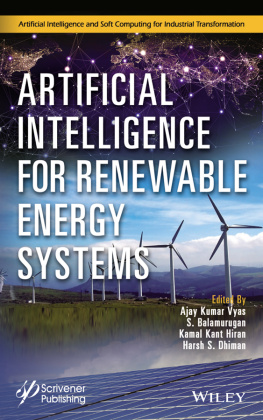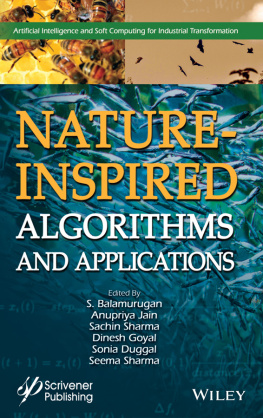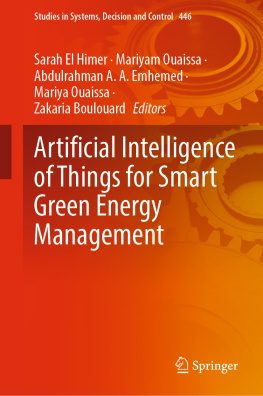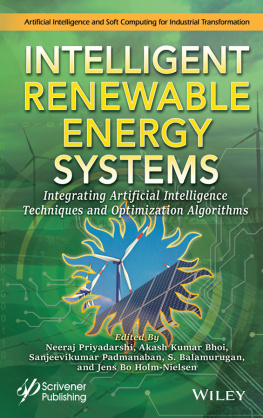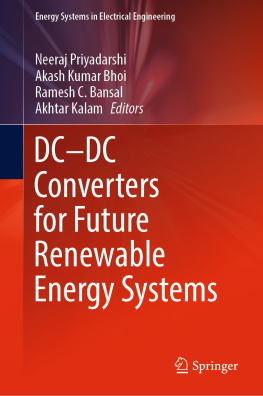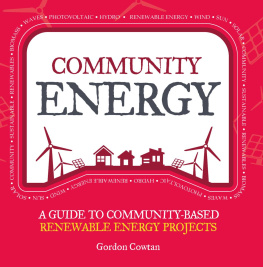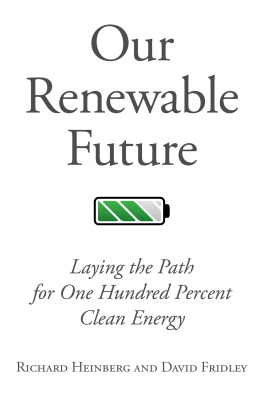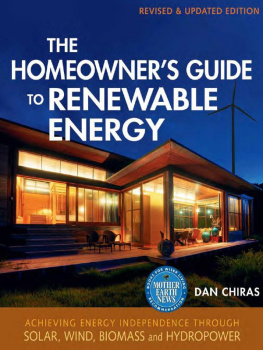
Scrivener Publishing
100 Cummings Center, Suite 541J
Beverly, MA 01915-6106
Artificial Intelligence and Soft Computing for Industrial Transformation
Series Editor: Dr. S. Balamurugan ()
Scope: Artificial Intelligence and Soft Computing Techniques play an impeccable role in industrial transformation. The topics to be covered in this book series include Artificial Intelligence, Machine Learning, Deep Learning, Neural Networks, Fuzzy Logic, Genetic Algorithms, Particle Swarm Optimization, Evolutionary Algorithms, Nature Inspired Algorithms, Simulated Annealing, Metaheuristics, Cuckoo Search, Firefly Optimization, Bio-inspired Algorithms, Ant Colony Optimization, Heuristic Search Techniques, Reinforcement Learning, Inductive Learning, Statistical Learning, Supervised and Unsupervised Learning, Association Learning and Clustering, Reasoning, Support Vector Machine, Differential Evolution Algorithms, Expert Systems, Neuro Fuzzy Hybrid Systems, Genetic Neuro Hybrid Systems, Genetic Fuzzy Hybrid Systems and other Hybridized Soft Computing Techniques and their applications for Industrial Transformation. The book series is aimed to provide comprehensive handbooks and reference books for the benefit of scientists, research scholars, students and industry professional working towards next generation industrial transformation.
Publishers at Scrivener
Martin Scrivener ()
Phillip Carmical ()
Artificial Intelligence for Renewable Energy Systems
Edited by
Ajay Kumar Vyas
S. Balamurugan
Kamal Kant Hiran
and
Harsh S. Dhiman

This edition first published 2022 by John Wiley & Sons, Inc., 111 River Street, Hoboken, NJ 07030, USA and Scrivener Publishing LLC, 100 Cummings Center, Suite 541J, Beverly, MA 01915, USA
2022 Scrivener Publishing LLC
For more information about Scrivener publications please visit www.scrivenerpublishing.com.
All rights reserved. No part of this publication may be reproduced, stored in a retrieval system, or transmitted, in any form or by any means, electronic, mechanical, photocopying, recording, or otherwise, except as permitted by law. Advice on how to obtain permission to reuse material from this title is available at http://www.wiley.com/go/permissions.
Wiley Global Headquarters
111 River Street, Hoboken, NJ 07030, USA
For details of our global editorial offices, customer services, and more information about Wiley products visit us at www.wiley.com.
Limit of Liability/Disclaimer of Warranty
While the publisher and authors have used their best efforts in preparing this work, they make no representations or warranties with respect to the accuracy or completeness of the contents of this work and specifically disclaim all warranties, including without limitation any implied warranties of merchantability or fitness for a particular purpose. No warranty may be created or extended by sales representatives, written sales materials, or promotional statements for this work. The fact that an organization, website, or product is referred to in this work as a citation and/or potential source of further information does not mean that the publisher and authors endorse the information or services the organization, website, or product may provide or recommendations it may make. This work is sold with the understanding that the publisher is not engaged in rendering professional services. The advice and strategies contained herein may not be suitable for your situation. You should consult with a specialist where appropriate. Neither the publisher nor authors shall be liable for any loss of profit or any other commercial damages, including but not limited to special, incidental, consequential, or other damages. Further, readers should be aware that websites listed in this work may have changed or disappeared between when this work was written and when it is read.
Library of Congress Cataloging-in-Publication Data
ISBN 978-1-119-76169-3
Cover image: Pixabay.Com
Cover design by Russell Richardson
Set in size of 11pt and Minion Pro by Manila Typesetting Company, Makati, Philippines
Printed in the USA
10 9 8 7 6 5 4 3 2 1
Preface
Renewable energy systems, including solar, wind, biodiesel, hybrid energy and other relevant types, have numerous advantages compared to their conventional counterparts. These advantages are facilitated by the application of machine learning and deep learning techniques for renewable energy system modeling, forecasting, and optimization for efficient system design. Due to the importance of renewable energy in todays world, this book was designed to enhance the readers knowledge based on current developments in the field. For instance, the extraction and selection of machine learning algorithms for renewable energy systems, forecasting of wind and solar radiation are featured in the book. Also highlighted are intelligent data, renewable energy informatics systems based on supervisory control and data acquisition (SCADA); and intelligent condition monitoring of solar and wind energy systems. Moreover, an AI-based system for real-time decision-making for renewable energy systems is presented; and also demonstrated is the prediction of energy consumption in green buildings using machine learning. The authors also provide both experimental and real datasets with great potential in the renewable energy sector, which apply machine learning (ML) and deep learning (DL) algorithms that will be helpful for economic and environmental forecasting of the renewable energy business. A brief synopsis of each of the eleven information-intensive chapters on the application of AI for renewable energy and relevant areas follows.
- discusses a six-phase synchronous machine selected as a potential option to a generator in the grid-connected mode for a wind power generation system. An exhaustive dynamic analysis was conducted under various working conditions. Moreover, the generator was further investigated under steady-state conditions with the inclusion of a small disturbance (i.e., small signal stability) through the linearized model using the dq0 approach. A linearized model was used to determine the absolute stability using eigenvalue criteria, wherein the effect of parametric variation is presented, related to both the stator and rotor side.
- deals with the utilization of AI in solar energy models such as multilayer perceptron (MLP), fuzzy ART (adaptive resonance theory), Bayesian Regularization (BR), and shark smell optimization (SSO) algorithm, and feed-forward and back-propagation is employed. For wind energy, models like ensemble Kalman filter (EnKF), wavelet neural network (WNN), LM, nonlinear autoregressive exogenous (NARX) artificial neural networks (ANN), and MLP are used. For geothermal energy, models such as artificial bee cloning (ABC) algorithm and MLP feed-forward algorithm are used to forecast it. All these models have been reviewed comprehensively concerning their structures and methodologies during implementation.
- describes the use of AI in wireless technologies, which has been an impetus for researchers to delve into the study of wireless-based IoT systems. Their unique features are reliable monitoring services, increased network lifetime and minimized energy consumption rate. Moreover, a complete solution is possible due to issues like the congestion and overload of network scenarios. In this chapter, the design of an energy-efficient hybrid hierarchical clustering algorithm for wireless sensor devices in the IoT is presented. It is explored by two phases, namely, cluster head selection using the AI approach and shortest route pathfinding using AI-based energy-aware routing protocol.
Next page
